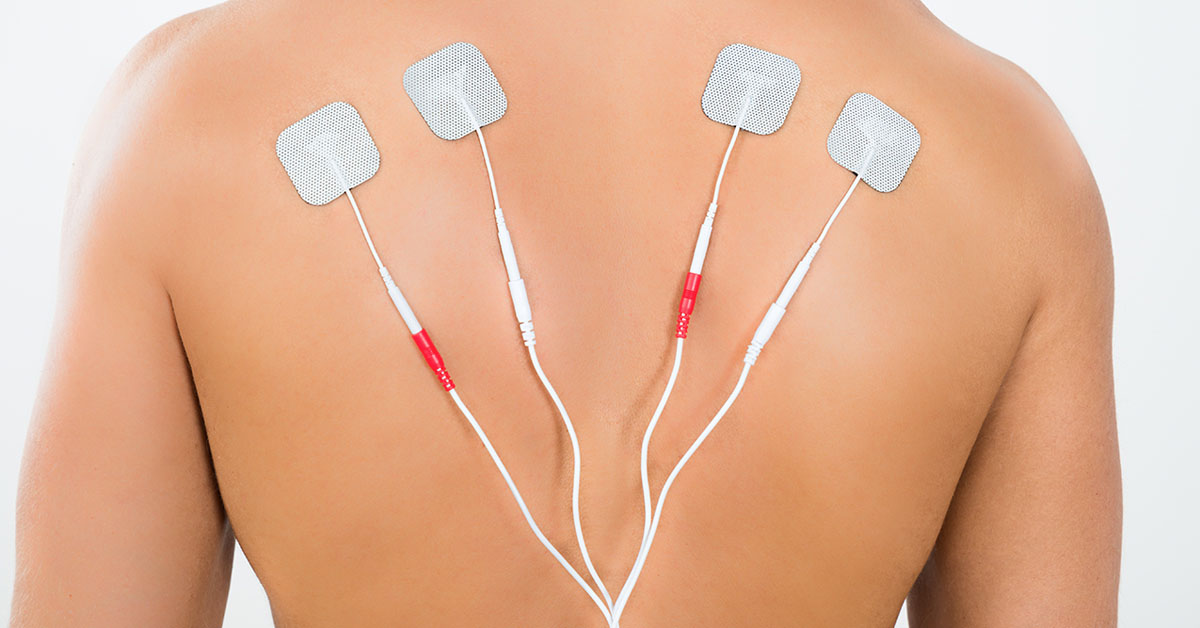
What is Electromyography?
Electromyography (also called EMG) is a diagnostic test that assesses the function of the muscles and the nerves that supply the muscles and control its function. Normally, when muscles contract, they generate a burst of electrical activity. Electromyography can help detect abnormal muscle electrical activity, which can help diagnose problems with the muscle tissues.
Indications
Electromyography is used to diagnose neuromuscular conditions such as myasthenia gravis, muscular dystrophy and amyotropic lateral sclerosis. The main reason to perform this test is to investigate the reason for muscle weakness. It can point the doctor towards a diagnosis so that the right treatment can be administered.
Other conditions where it may be used include carpal tunnel syndrome, inherited muscle dystrophies, peripheral neuropathy and alcoholic neuropathy.
The Procedure
The procedure is performed as an outpatient. A tiny needle that serves as an electrode is inserted into the muscle in question, and is connected to a device called an oscilloscope. This helps the doctor visualize the electrical impulses as a wave form. Usually, multiple needles need to be inserted into large muscles.
Once the needles are in place, a reading will be taken with the muscle at rest. Then the patient will be asked to contract the muscles. For example, if the biceps muscles are being assessed, then the patient will be asked to flex their arms. Another reading is taken then.
When the muscle contracts, it generates an electrical impulse that is transmitted to the oscilloscope and is seen as a wave that is of different wavelength and shape. The appearance will help define whether the muscle activity is normal or abnormal.
The test takes around 30 minutes to perform, and is slightly painful as needles are inserted into the muscles. This can be prevented by administering a small dose of local anaesthetic into the skin.
Often patients who undergo an electromyography will also have further tests to assess the speed of conduction of nerve impulses. This is called a nerve conduction test.
Benefits
This procedure offers a plethora of information about the function of the nerves and muscles, and is an excellent diagnostic tool.
Risks
Risks are minimal and include pain and mild bleeding at the site. There is a small risk of infection as well, which is easily treatable.

